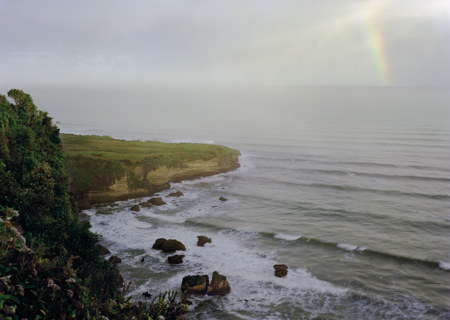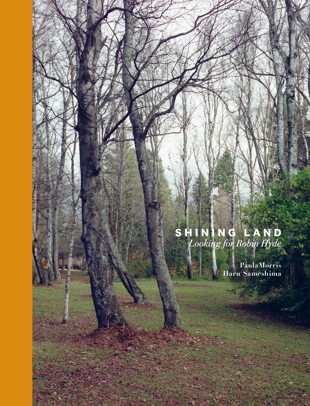Sally Blundell reviews Shining Land: Looking for Robin Hyde for Landfall Review Online:
‘The ghost of Robin Hyde shifts in the shadows of our history: poet, novelist, journalist; invalid, mother, drug addict; lady editor at the Wanganui Chronicle, war correspondent during the early months of the Sino-Japanese War in China. A dreamer, she wrote of herself, ‘and a lover’. Hyde, the pen name of Iris Guiver Wilkinson, stands tall in the New Zealand literary canon, but Wilkinson herself, Cape Town-born and immigrating to New Zealand when she was a baby, appears only dimly in the male-led literary world of the 1930s ...
Wilkinson hid for most of her writing life behind the pseudonym, what she called her ‘nom de guerre’, adopted in 1926; in Shining Land, she becomes both closer and tantalisingly out of reach, her short life glimpsed through the haunting images of photographer Haru Sameshima and the reflective, lyrical text of Paula Morris. ‘None of us knows what we’re looking for exactly,’ writes Morris. ‘We are hoping to sense the past below the mown and the overgrown. The ghost we seek is Robin Hyde.’
Shining Land — the title is taken from Hyde’s poem ‘Meeting in Sarras’, referring to the mystical island of Arthurian legend — is the second in the Kōrero series of writer–artist collaborations (‘picture books for grown-ups’, we are told) published by Massey University Press. Comparisons, at this point in the series at least, are inevitable. Designed by Gary Stewart, both books are spare, elegant, beautiful to hold. But where the first publication, High Wire by Lloyd Jones and Euan Macleod, saw writer and artist in a slow, close, two-way conversation across place (Macleod lives in Australia) and medium, this book is a more of a tag-team road trip chasing the fading footsteps of their subject.’
Read the full review here.


